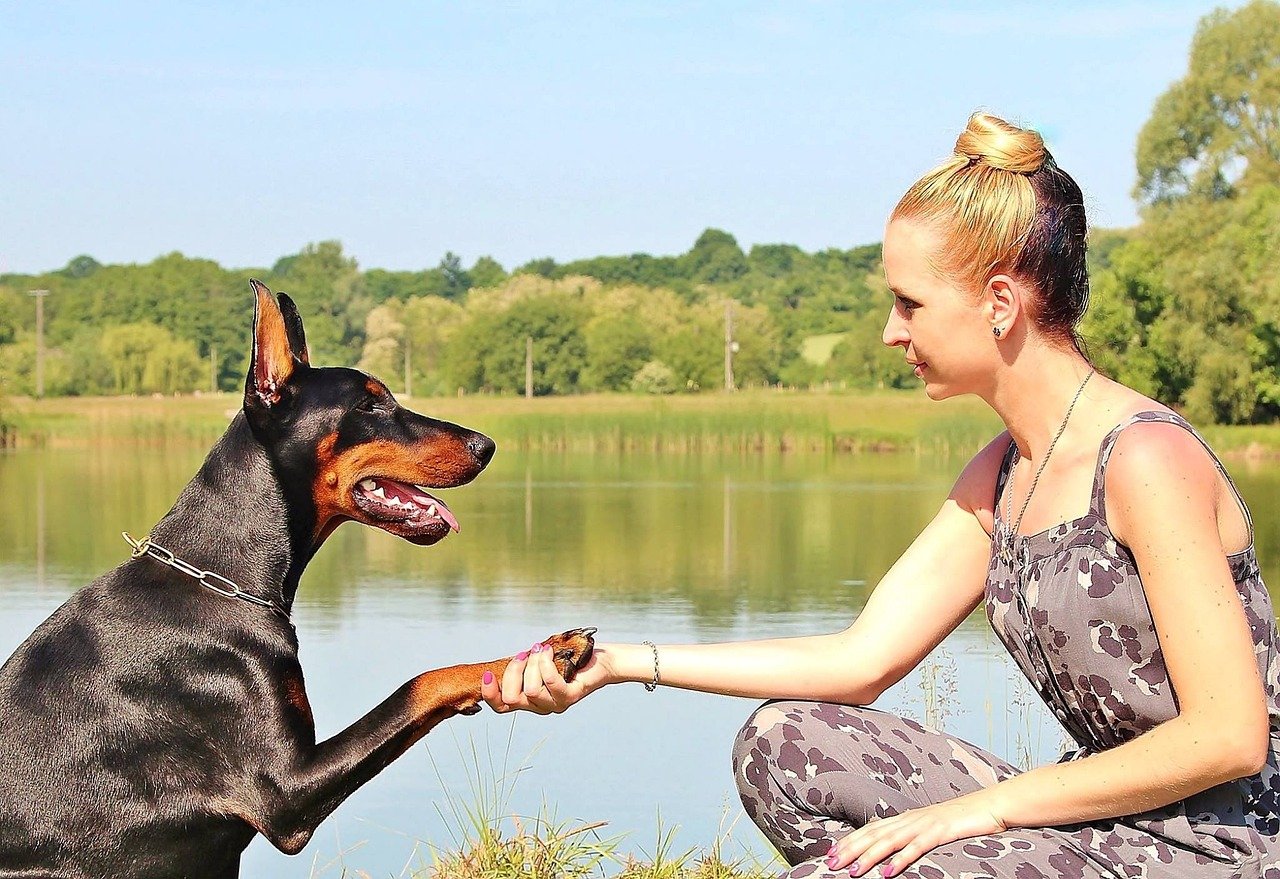Dogs are undeniably fascinating creatures. Their quirky behaviors and unique traits often leave us amused and intrigued. As we delve into the world of canine quirks, let’s uncover 15 distinctive dog traits that reveal their true personality. From wagging tails to curious head tilts, each behavior tells a story, offering a glimpse into the heart and mind of our furry companions.
The Tail Wagging Code
A wagging tail might seem like a simple gesture, but it’s a complex language all on its own. When a dog wags its tail, it’s not merely expressing happiness. The speed and direction of the wag can convey a range of emotions. A rapid wag might indicate excitement, while a slow, cautious wag could suggest uncertainty. Dogs also wag to the right when they are happy and to the left when they feel threatened. Understanding these subtle nuances can offer a deeper insight into your dog’s emotional state.
Head Tilting: The Curious Gesture

Few things are as charming as a dog tilting its head to the side. This adorable gesture is more than just a cute trick; it’s a sign of their curiosity and attentiveness. Dogs often tilt their heads when they hear a new sound or try to understand a command. This behavior indicates that your dog is actively processing information. It’s akin to a human raising an eyebrow when puzzled or intrigued. Next time your pup tilts its head, know that it’s deeply engaged with you.
The Nose Nudge

A gentle nose nudge can be a dog’s way of seeking attention or affection. This trait is akin to a human tapping another’s shoulder to get their attention. Dogs use their noses to explore the world, so a nudge might also be their way of saying “hello.” It’s a personal and intimate gesture, reflecting their need for connection. Whether they’re nudging you for a treat or a pat, it’s their way of communicating and bonding.
Zoomies: The Burst of Energy
If you’ve ever witnessed your dog suddenly sprinting around the house or yard at lightning speed, you’ve seen the infamous “zoomies.” This behavior is a delightful release of pent-up energy and excitement. Dogs, much like children, need an outlet for their energy, and zoomies are their way of letting loose. These spontaneous sprints are often accompanied by a wide grin, showcasing sheer joy and playfulness. Embrace the zoomies as a sign of a happy and healthy dog.
Belly Up: The Sign of Trust

When a dog rolls over and exposes its belly, it’s demonstrating vulnerability and trust. This behavior is akin to humans sharing secrets with close friends. It’s a position of submission, indicating that your dog feels safe in your presence. Rubbing their belly is a way of reinforcing this trust and strengthening your bond. Remember, not all dogs feel comfortable exposing their belly, so if yours does, treasure it as a special sign of your relationship.
The Play Bow
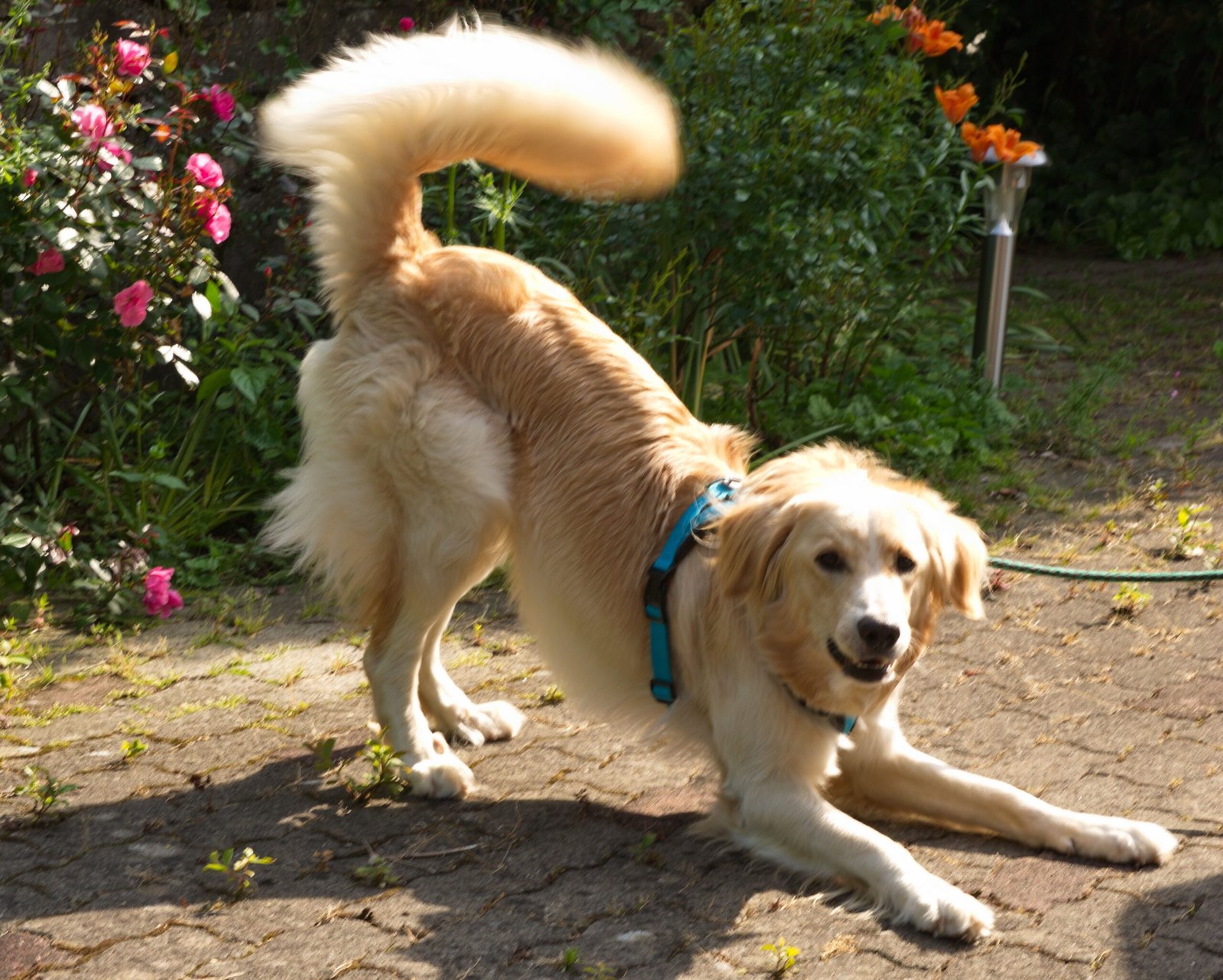
A play bow, where a dog lowers its front legs and keeps its rear end up, is an invitation to play. It’s their way of saying, “Let’s have some fun!” This gesture is universally understood among dogs and is a clear signal of their playful mood. The play bow is a testament to their social nature, and engaging with them in play can enhance your bond. It’s a reminder of the joy and spontaneity that dogs bring into our lives.
Leaning In
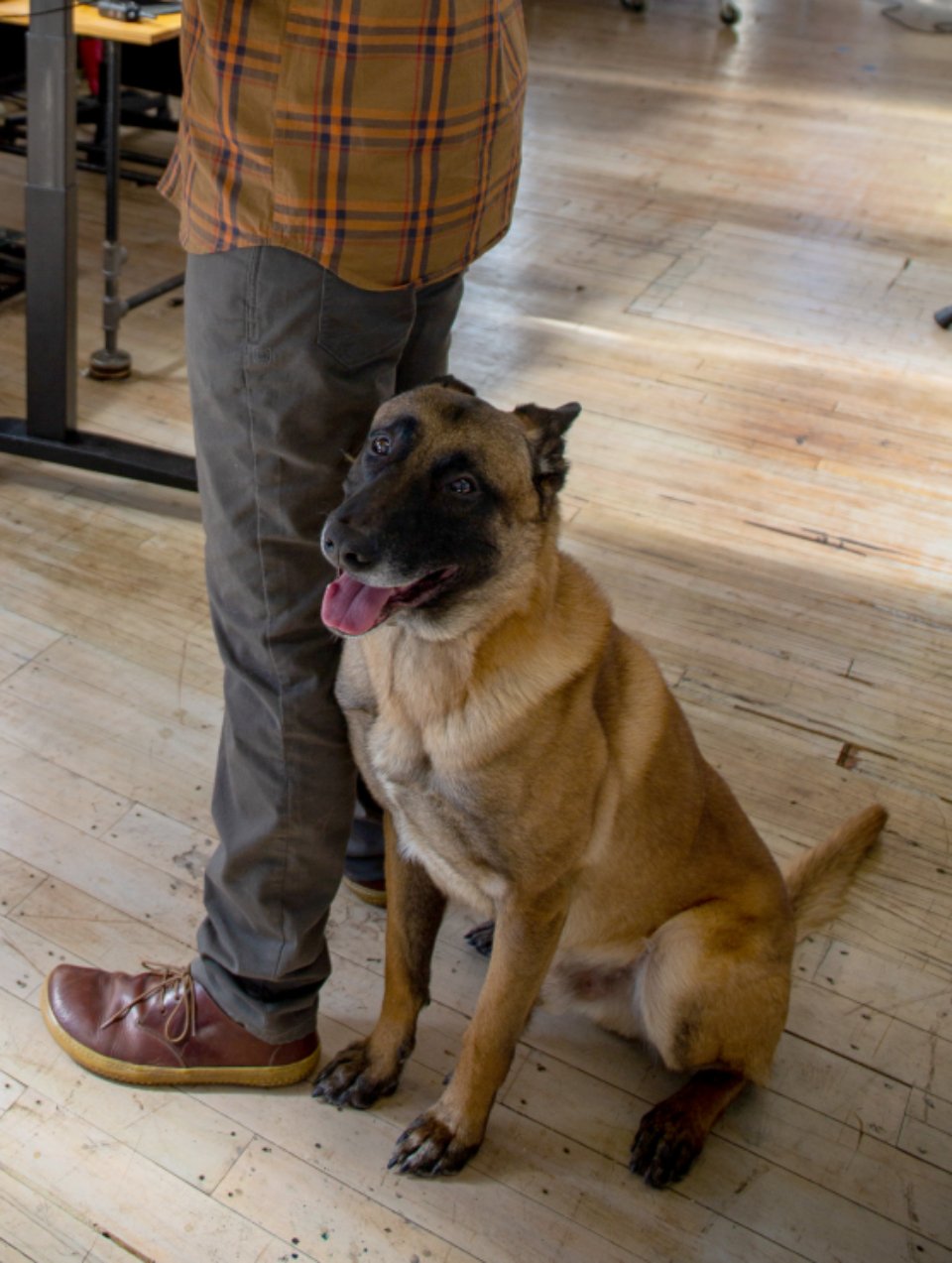
When a dog leans against you, it’s seeking comfort and reassurance. This behavior is similar to a human leaning on a friend for support. It’s a sign that your dog trusts you and feels secure in your presence. Dogs often lean when they seek attention or affection, or simply want to be close to you. It’s a heartwarming gesture that underscores the deep bond you share with your furry friend.
Carrying Objects
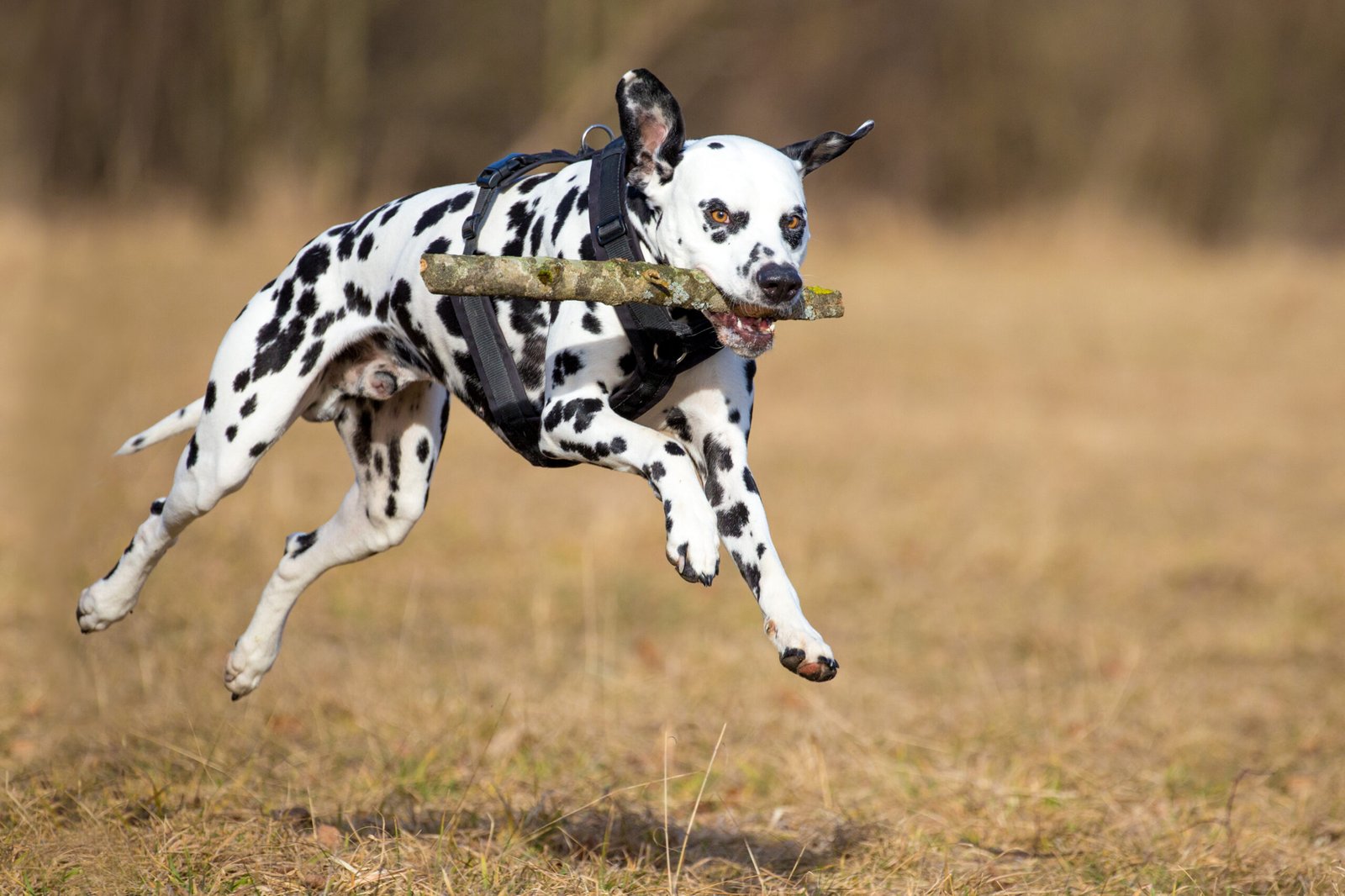
Some dogs have a habit of carrying objects around the house. Whether it’s their favorite toy or your shoe, this behavior reflects their instincts and personality. Carrying objects can be a sign of possessiveness, playfulness, or even anxiety. It’s similar to a child holding onto a security blanket. Understanding the reasons behind this trait can help address any underlying issues and ensure your dog’s well-being.
Barking with Purpose

Barking is a primary form of communication for dogs, but not all barks are created equal. Understanding the different types of barks can reveal your dog’s intentions and emotions. A sharp, high-pitched bark might indicate excitement, while a deep, prolonged bark could signal a warning or threat. Dogs also have a “play bark,” which is lighter and often accompanied by wagging tails. By tuning into these vocal cues, you can better understand your dog’s needs and feelings.
The Gift of the Paw
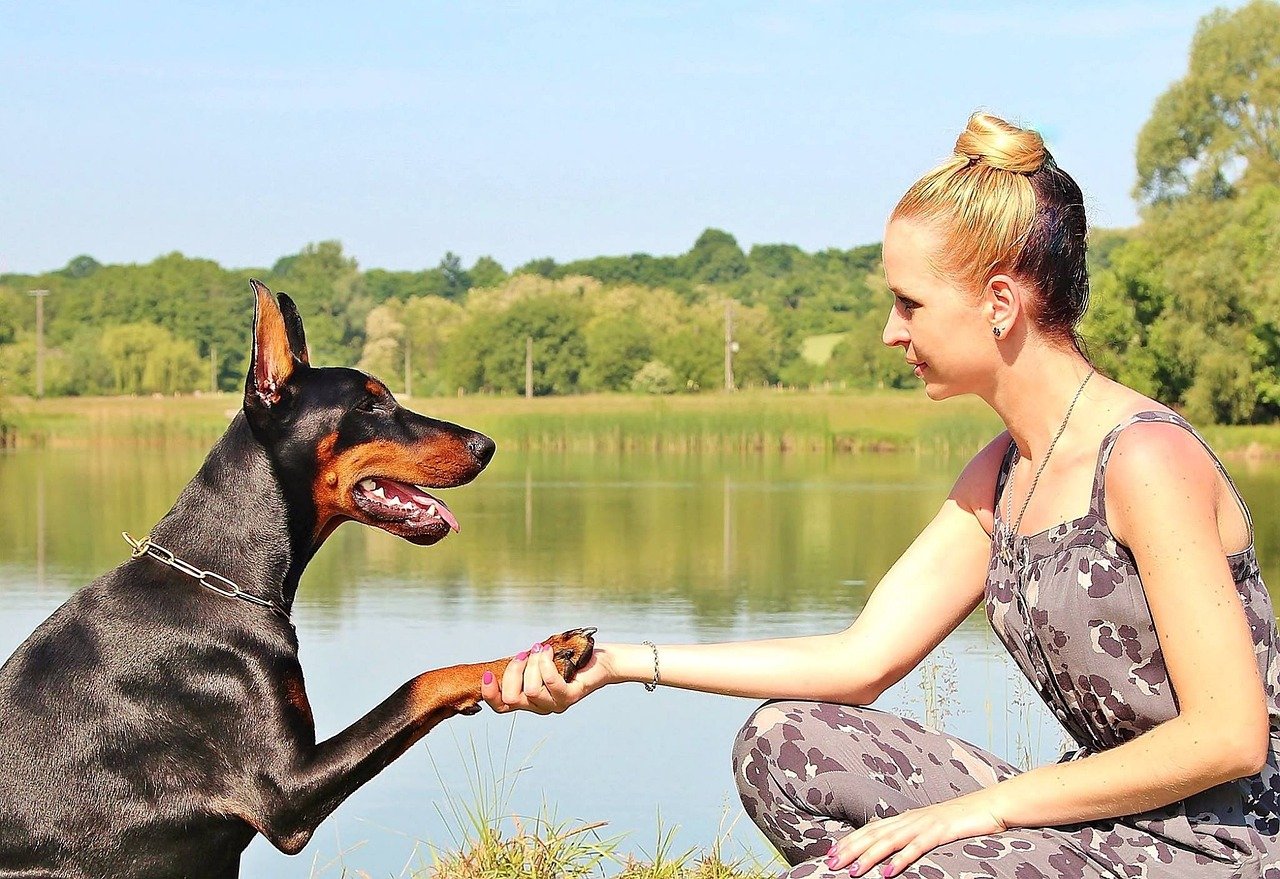
When a dog offers you its paw, it’s more than just a trick; it’s a gesture of friendship and connection. Similar to a human handshake, this behavior reflects their desire to interact and bond. Dogs might also offer their paw when seeking attention or comfort. It’s a simple yet profound way for them to communicate their needs and emotions. Embracing this gesture can strengthen your relationship and enhance mutual understanding.
Sleeping Positions
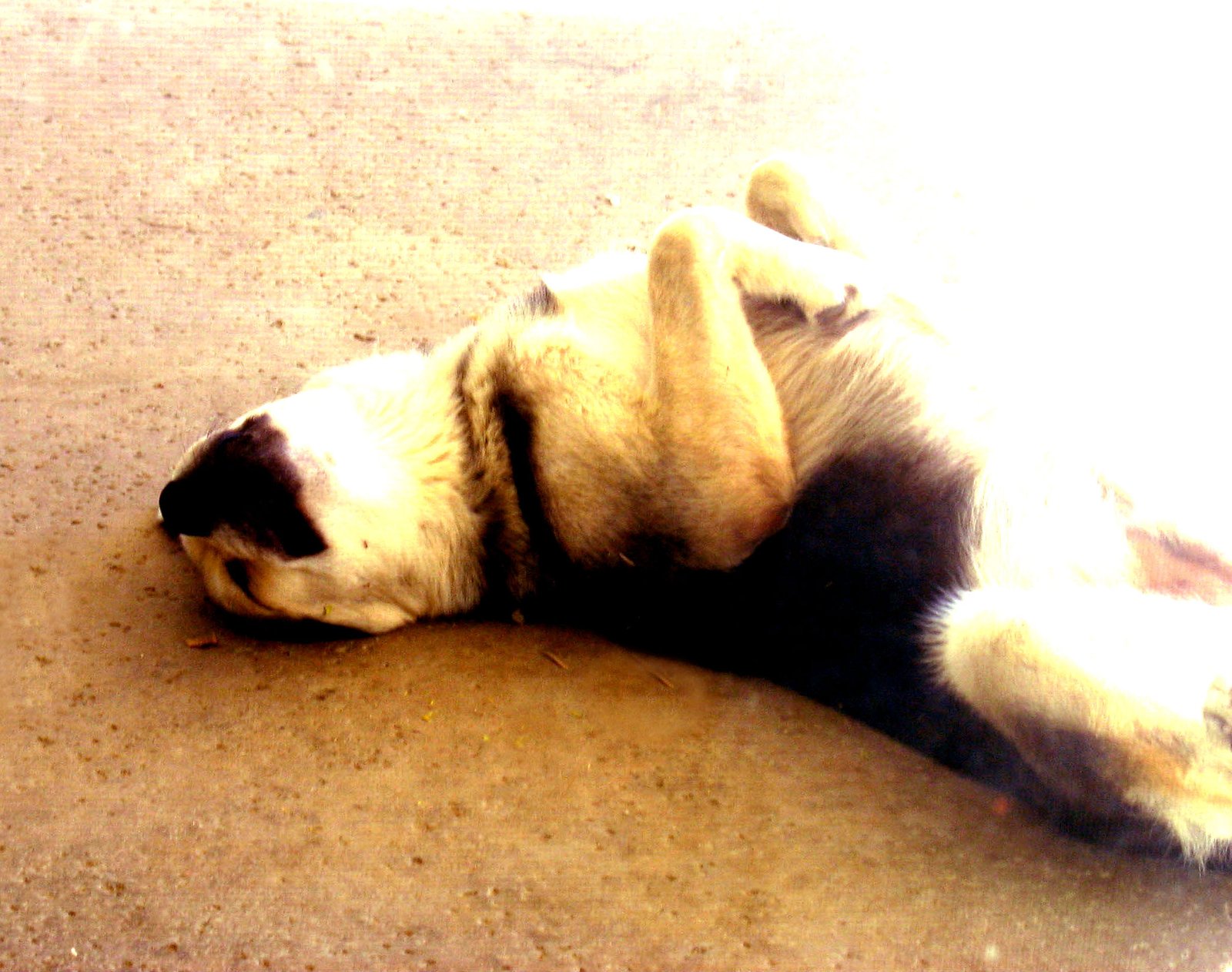
A dog’s sleeping position can reveal a lot about its personality and comfort level. Dogs that curl up tightly might be conserving warmth or feeling insecure, while those that sprawl out are likely relaxed and comfortable. Some dogs even sleep on their backs with their paws in the air, a sign of ultimate trust and relaxation. Observing these positions can provide insights into your dog’s emotional state and overall well-being.
Tail Chasing: The Whirlwind of Fun
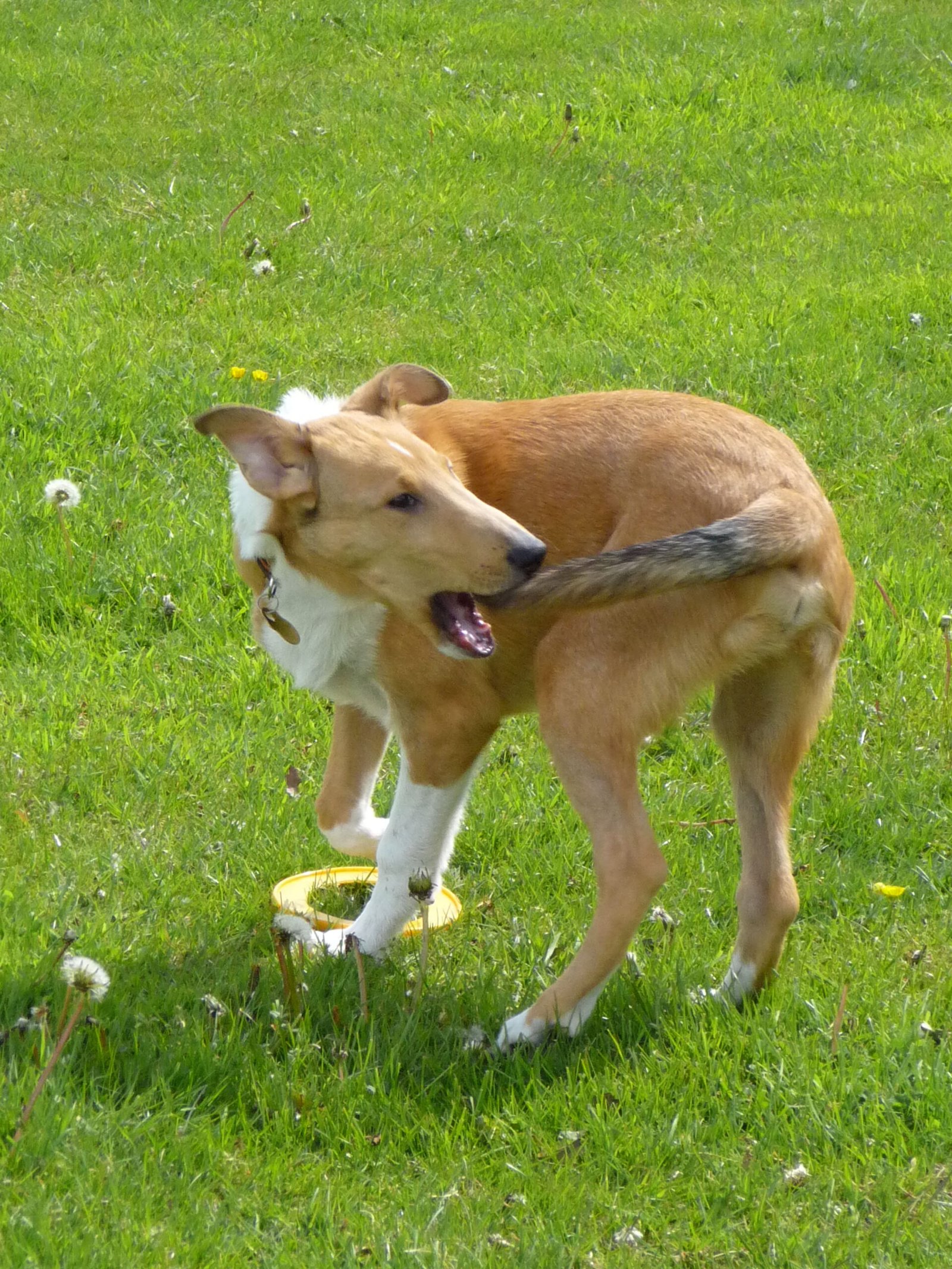
Tail chasing is a playful and often humorous behavior that can indicate boredom, curiosity, or excitement. Much like a child spinning in circles, dogs chase their tails for entertainment and exercise. While it’s typically harmless, excessive tail chasing can be a sign of anxiety or medical issues. It’s important to monitor this behavior and ensure it doesn’t become obsessive. When done in moderation, tail chasing is a delightful display of a dog’s playful spirit.
Pawing at the Ground
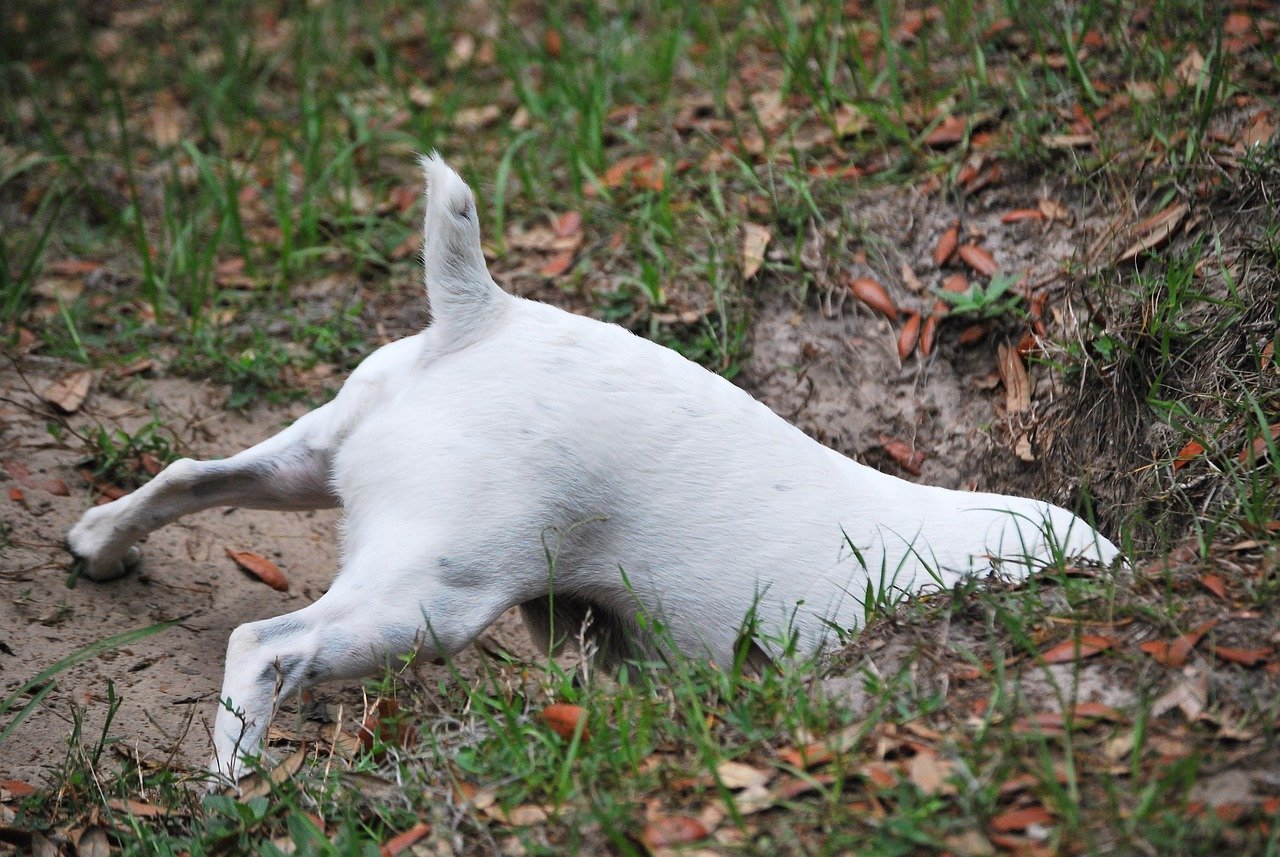
When dogs paw at the ground, it’s often linked to their instinctual behaviors. This action can be a way of marking territory, similar to a human staking a claim. Dogs have scent glands in their paws, and by scratching the ground, they’re leaving their scent behind. This behavior can also be a sign of discomfort or anxiety. Understanding the motivations behind this trait can help address any concerns and ensure your dog’s comfort.
Sniffing Everything
Dogs experience the world through their noses, and their constant sniffing is a testament to their curiosity. This behavior is akin to a human browsing through a library, seeking information. Sniffing allows dogs to gather details about their environment, other animals, and even people. It’s a natural and essential part of their exploration. Encouraging this behavior can enrich their experiences and provide mental stimulation.
The Signature Howl
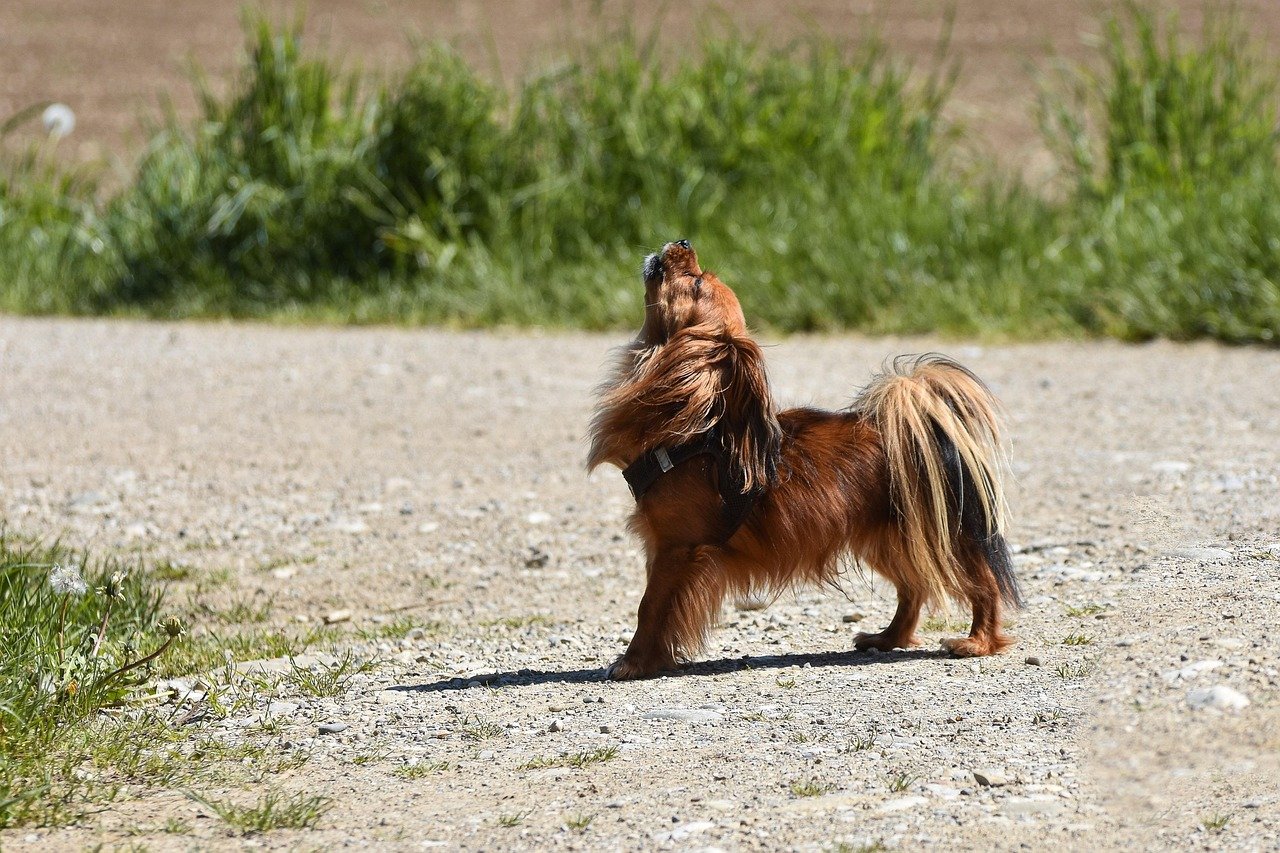
Howling is a behavior that harkens back to dogs’ wild ancestors. It’s a form of communication, often used to signal distress, alert others, or express loneliness. Some dogs howl in response to certain sounds, like sirens or music, which they perceive as communication. While not all dogs howl, those that do are expressing their unique personality and instincts. Understanding the reasons behind their howls can help address any concerns and ensure their well-being.
Each of these quirky traits offers a window into the soul of our beloved dogs. By understanding and appreciating these behaviors, we can deepen our connection and ensure a harmonious relationship with our furry companions.

Linnea is a born and bred Swede but spends as much time as possible in Cape Town, South Africa. This is mainly due to Cape Town’s extraordinary scenery, wildlife, and atmosphere (in other words, because Cape Town is heaven on earth.) That being said, Sweden’s majestic forests forever hold a special place in her heart. Linnea spends as much time as she can close to the ocean collecting sea shells or in the park admiring puppies.

